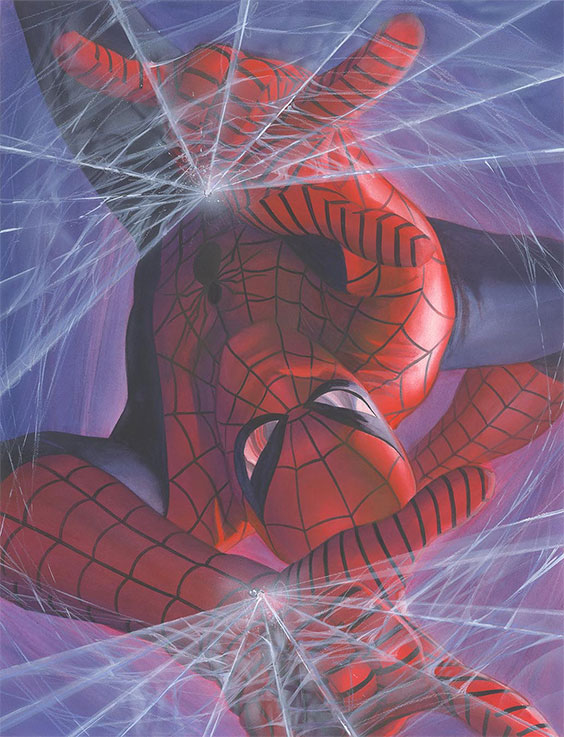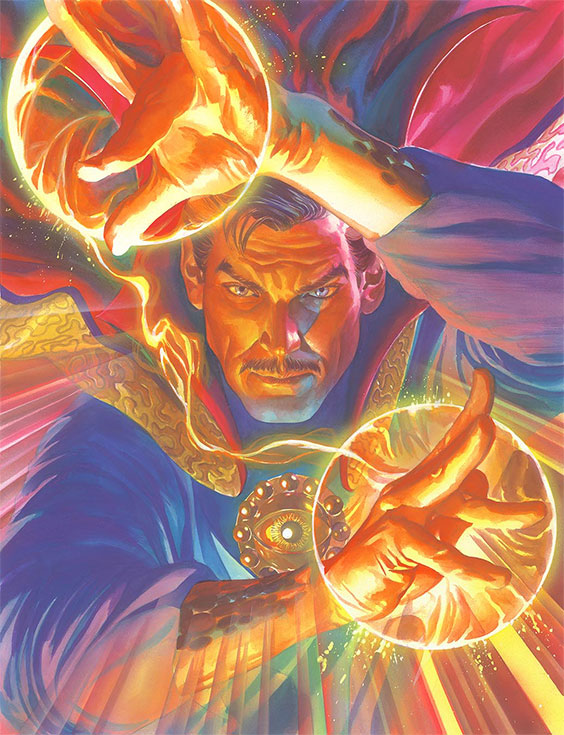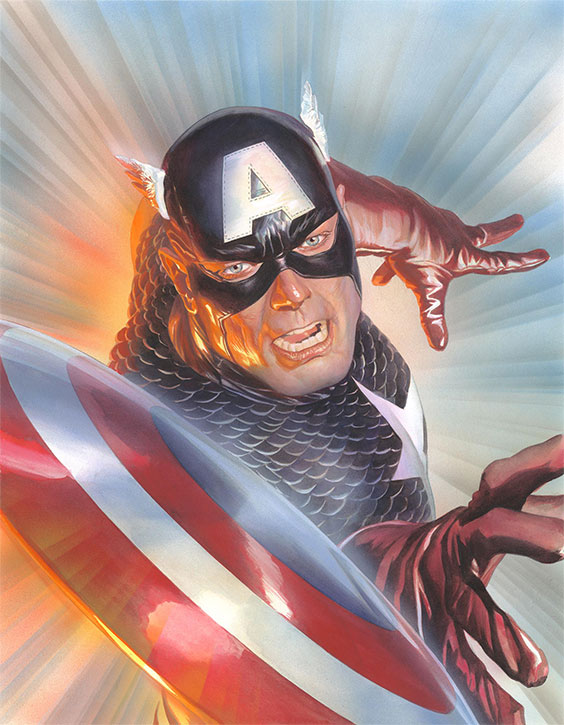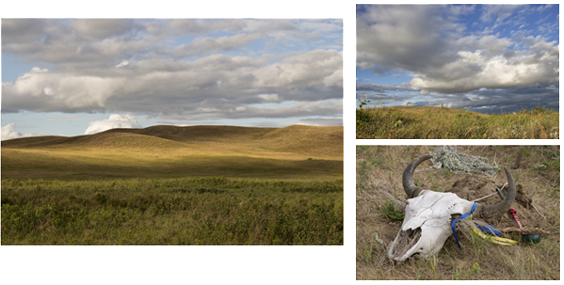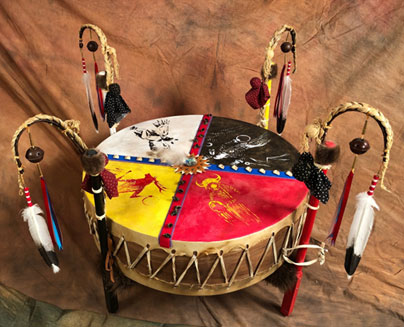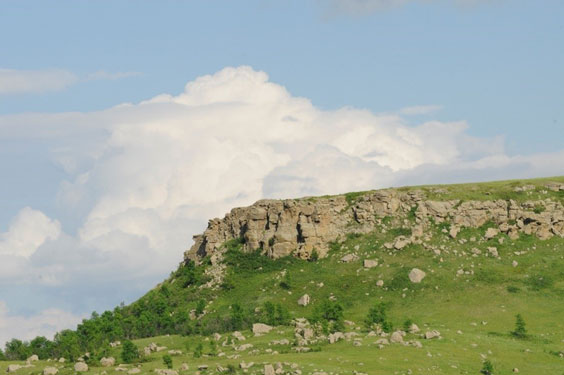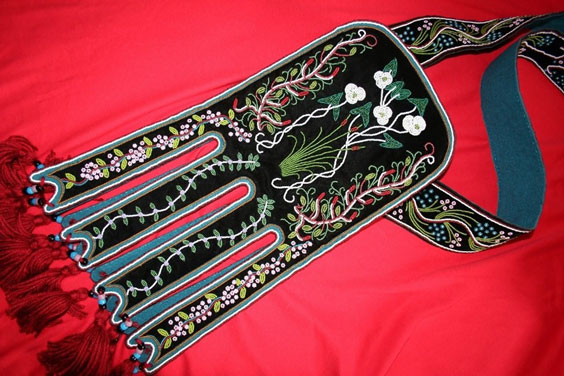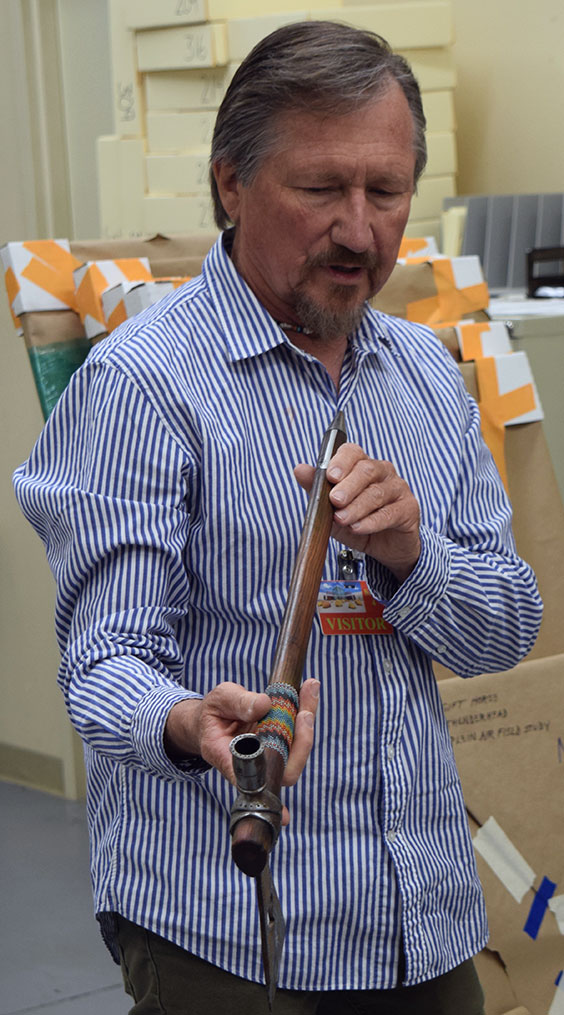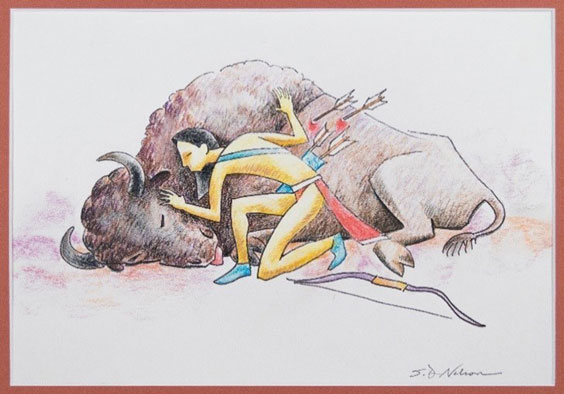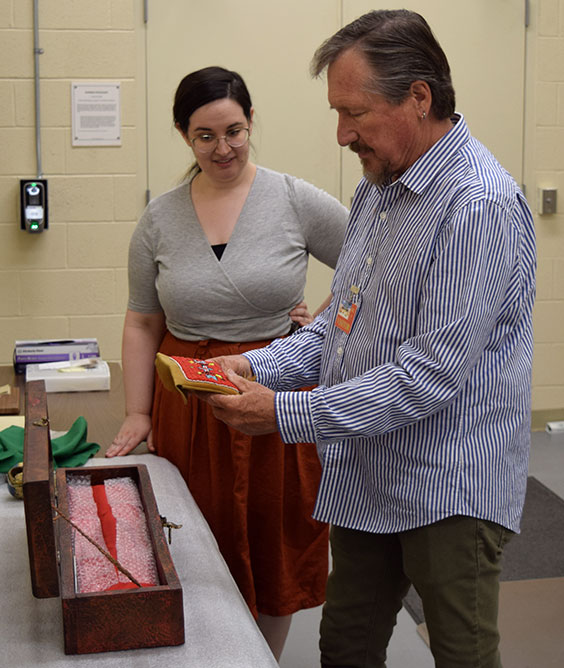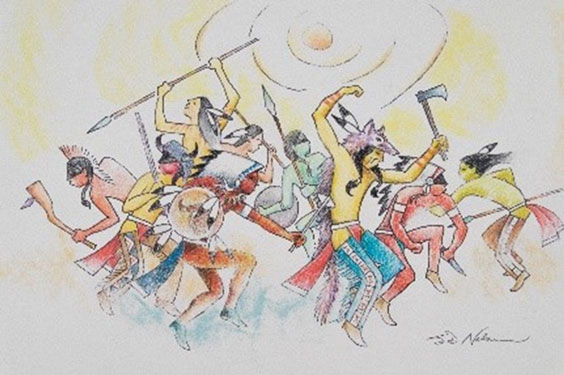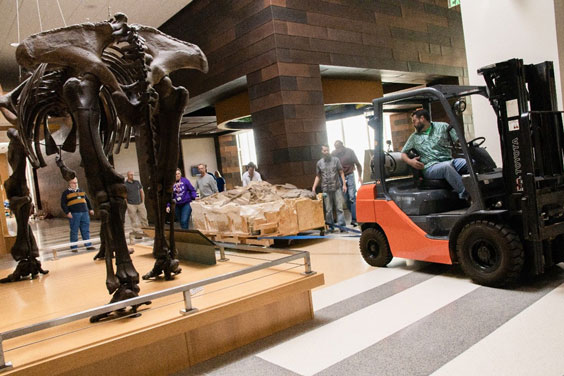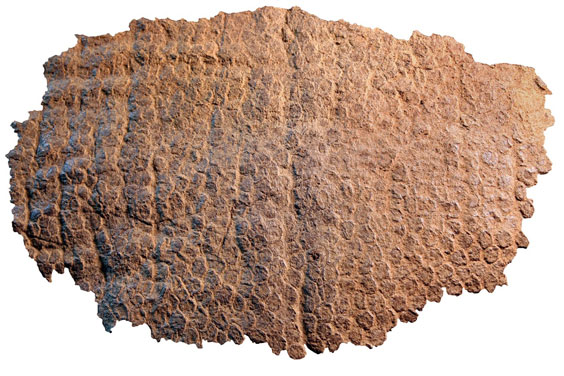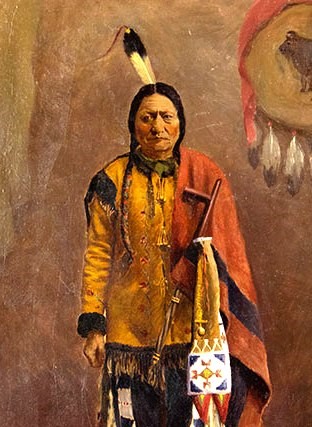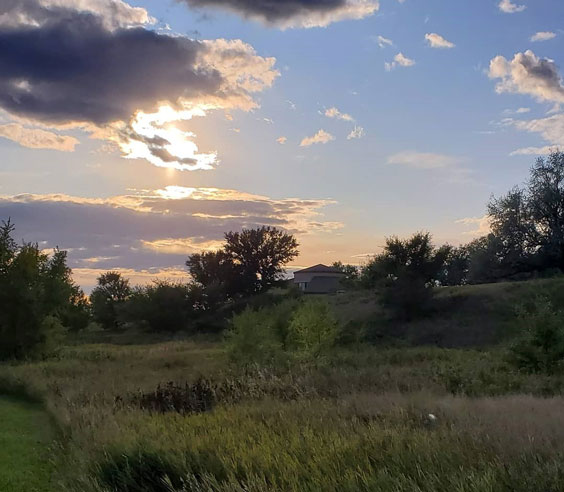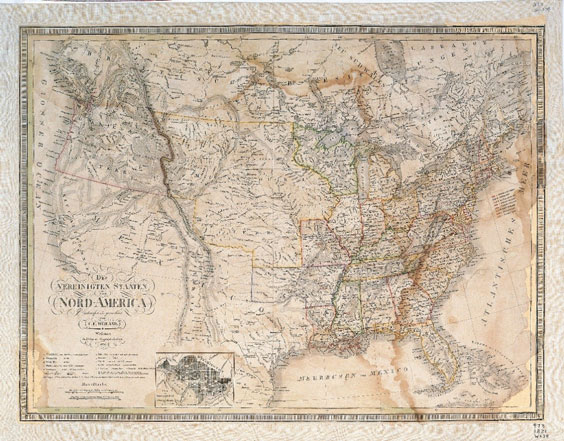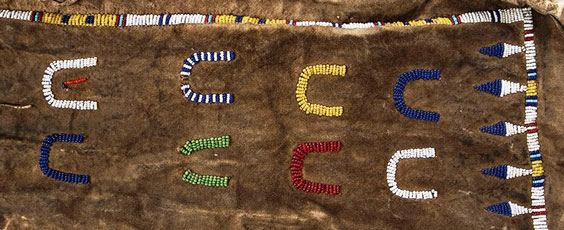Admittedly, the best part of my job is the opportunity to organize and create exhibitions. I love the creative forces involved in producing an exhibition—discovering new stories, collaborating on storylines, and working with our team to devise original ways to interpret exhibition themes. Then there is the “stuff” of exhibits, the wonderful objects from which the stories spring. I have long enjoyed working with objects and exploring the “chatter” and relationships that exist between them. It is also deeply gratifying to see how gallery visitors respond to and move through an exhibition. Once you open the gallery doors, exhibitions take on a life of their own.
The care and maintenance of an exhibition’s life cycle is also an important component of my job. We often revisit an installation, adjusting elements that need additional attention. This may include switching out an interpretive panel that is problematic or simply correcting a typo. It can mean adjusting an audiovisual component, refocusing a light, replacing a video monitor that is acting up, or even something as simple as lubricating a squeaky hinge.
The exhibition’s life can also entail adding new components. At the State Museum in Bismarck, just one of about a dozen of our exhibition areas across the state, we are currently working on an upgrade to the Industry & Energy section of the North Dakota story in the Inspiration Gallery: Yesterday and Today.
Two display fixtures donated by Continental Resources will be used to expand the narrative about the role of core samples within the petroleum industry. This involves reconceptualizing the exhibition space as well as developing new interpretive text and selecting accompanying photographs. Fortunately, we were able to draw from a series of photographs of the Williston Basin produced by Susan Tadewald for the State Historical Society of North Dakota Foundation.
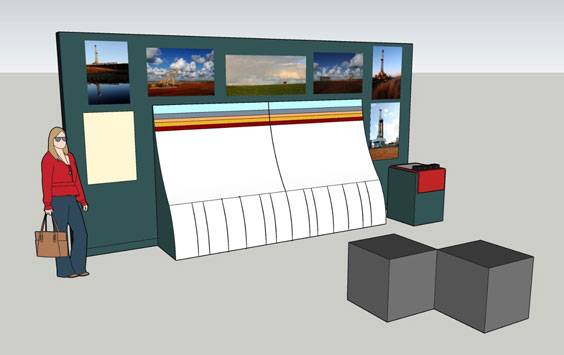
Concept drawing for the core sample display at the North Dakota Heritage Center & State Museum.

Pump operation near Williston, 2012. Photo by Susan Tadewald
The addition to the energy display also allows us to repurpose an existing interactive station and expand the current footprint of the display.
This project piqued my interest as it ties into my background. My late father was a geophysicist who worked in the petroleum industry and part of his job entailed interpreting seismic records and core samples. Indeed, core samples even served as decorative objects around my childhood homes. Later in my professional life, I encountered a custom-made dining table with a topographic map etched into its glass surface, supported on an undulating pedestal base made of core samples.
Maintenance issues relating to the physical structure of the ND Heritage Center have also triggered several recent exhibition projects. We are currently undergoing an extensive upgrade to the security system that monitors both the exhibition galleries and the public spaces. The upgrade involves removing the cables and cameras for the current system and installing the new system’s components. Contractors are running cables throughout the building, which necessitated the temporary removal of exhibition elements in a couple of galleries to ensure the safety of the museum objects.
Work in the James E. Sperry Gallery required completely deinstalling the exhibition The Prairie Post Office. Accessing the existing security cables meant opening several walls and a portion of the ceiling. Once the work was finished, crews installed and painted new walls and the existing carpet was replaced. When the new carpet, paint, and adhesives cure and off-gas, we will reinstall the exhibition.
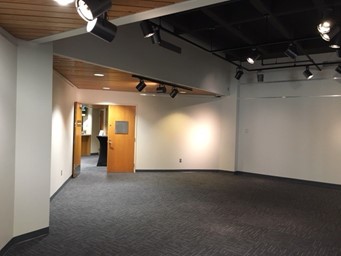
The refreshed Sperry Gallery awaits the return of The Prairie Post Office.
A similar situation occurred in the Governors Gallery. A portion of Fashion & Function: North Dakota Style was deinstalled to allow contractors to pull cables in that space. The Wedding March section was temporarily removed to protect the objects and allow contractors to move a power lift into the space to access the ceiling. As soon as we get the “all-clear” from the contractors, we will reinstall the platforms and wedding gowns.
Eventually these gallery disruptions will result in an improved exhibition environment. A feature of the new security system is that it generates a heat record for each gallery based on the amount of time gallery visitors linger at any feature, allowing us to see how gallery visitors interact with a space. Hot spots will identify popular areas, and cooler zones may indicate the need to rework a component or reconsider the objects or storyline being interpreted.
Sometimes nature impacts the exhibition’s life. Some of you may recall the flooding that occurred last fall in the Adaptation Gallery: Geologic Time, resulting in part of the gallery’s temporary closure. The flooding was due to the combination of a flat roof, heavy rain, and a failed drain. As part of an effort to mitigate future flooding, the tail section of the Triceratops was recently deinstalled to allow access to the drainage pipes above that portion of the gallery. Connections were tightened and the drain and pipes tested to ensure there won’t be any additional leakage in the future, and the Triceratops got its tail back. So all is good!
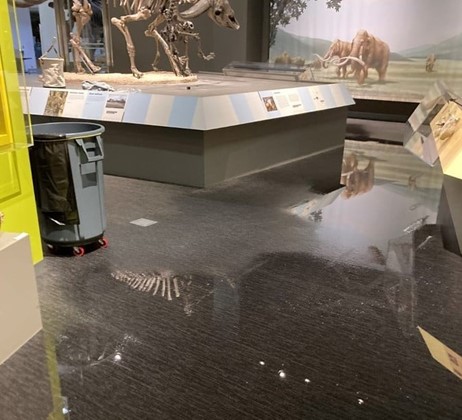
Flooding in the Adaptation Gallery: Geologic Time, October 2021.
Exhibition maintenance is a constant and occupies a remarkable amount of time and resources. The Treehouse interactive and learning space on the upper level above the Missouri River Event Center requires almost daily maintenance. We often marvel at how the “unbreakable” gets broken and how even steel bolts are sheared in half. But then we remember the “unsinkable” RMS Titanic and remind ourselves we must always temper our expectations against reality.
In addition to ongoing maintenance projects, we are also working on upcoming exhibitions. On the Edge of the Wind: Native Storytellers and the Land premiers in late April 2023 in the Governors Gallery. The planning and preparation for the new exhibition is well underway. To date, it has already been a two-year production partnership between the State Historical Society and the North Dakota Council on the Arts, with State Folklorist Troyd Geist conducting fieldwork for the project for more than eight years. On the Edge of the Wind will see a complete reinstallation of the Governors Gallery.
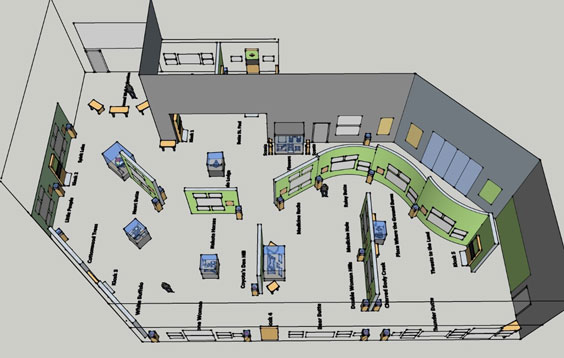
Governors Gallery layout for On the Edge of the Wind, which will open in spring 2023.
We are also developing an art exhibition that will occupy the Sperry Gallery beginning next summer, a complete reinterpretation of the Pembina State Museum for installation in 2024, and the America 250 semiquincentennial exhibition that will open in the Governors Gallery in 2025.
With all this planning and maintenance, life is never dull. It may be a bit frantic at times, but it is never dull!
